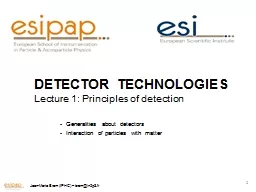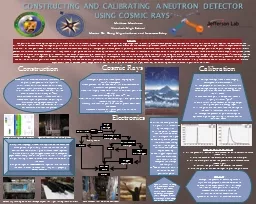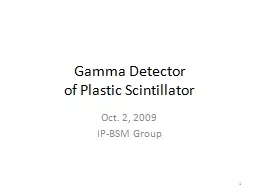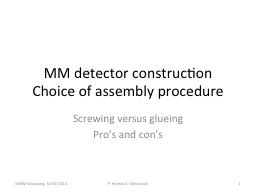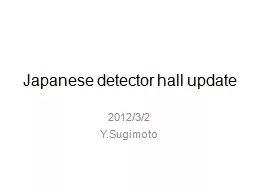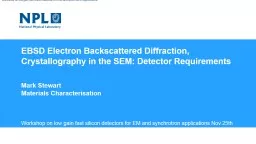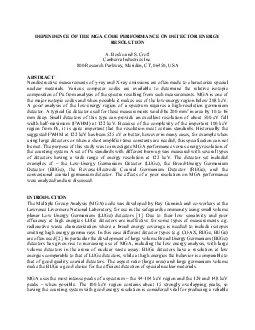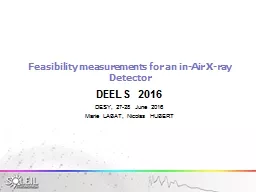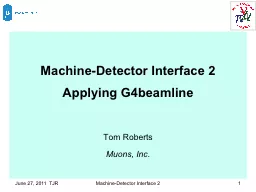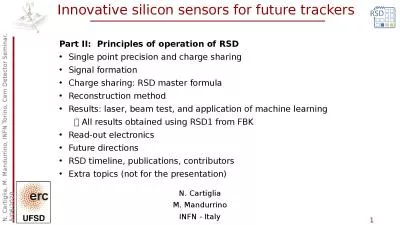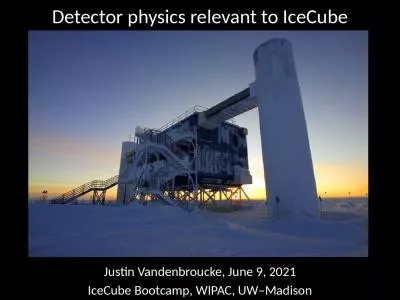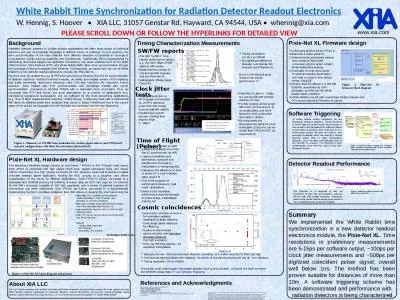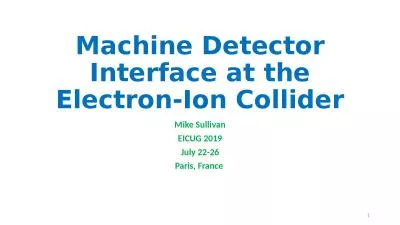PPT-1 DETECTOR TECHNOLOGIES Lecture 1:
Author : araquant | Published Date : 2020-08-05
Principles of detection Generalities about detectors Interaction of particles with matter 2 Goal Observation and identification of final states whatever
Presentation Embed Code
Download Presentation
Download Presentation The PPT/PDF document "1 DETECTOR TECHNOLOGIES Lecture 1:" is the property of its rightful owner. Permission is granted to download and print the materials on this website for personal, non-commercial use only, and to display it on your personal computer provided you do not modify the materials and that you retain all copyright notices contained in the materials. By downloading content from our website, you accept the terms of this agreement.
1 DETECTOR TECHNOLOGIES Lecture 1:: Transcript
Download Rules Of Document
"1 DETECTOR TECHNOLOGIES Lecture 1:"The content belongs to its owner. You may download and print it for personal use, without modification, and keep all copyright notices. By downloading, you agree to these terms.
Related Documents

